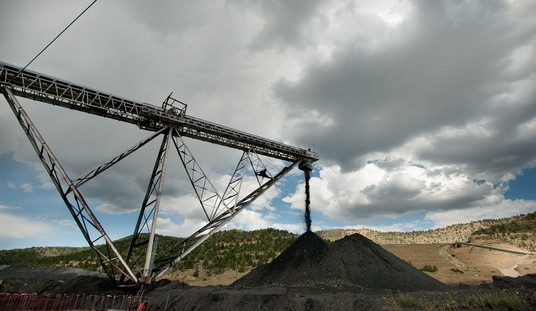The presidential election of 1948 has rightly become a textbook case of malpractice by political pollsters. That year, the policies of the Truman administration split the old Roosevelt Coalition — and with it, the Democratic Party — three ways: Desegregation of the armed forces drove the Dixiecrats to nominate Strom Thurmond; confrontation with the Communists drove the Progressives to run former vice president Henry Wallace; and Truman headed the rump of the party.
The pollsters predicted a narrow win for Republican Thomas Dewey. They were wrong.
It is generally believed that their error was one of methodology, in that they relied too heavily on telephone polling. Private telephones in 1948 were a luxury many, especially in urban areas, could not afford.
Now fast-forward to 2016.
There is a popular myth — an urban legend, if you like — that Trump received some sort of mandate from the American people in 2016, and that the polls were wrong. The reality is more nuanced.
Trump’s victory was a fluke, an artifact of Hillary Clinton’s uniquely bad candidacy. In her arrogance, she ignored and took for granted three key states which had been reliably Democratic since 1992. Trump won those three states — Wisconsin, Michigan, and Pennsylvania — by wafer-thin margins, which garnered him the majority of the electoral votes. Careful examination of the data reveals the polls had correctly predicted Clinton would win the majority of the popular vote; what they missed was how skewed that vote would be toward either coast.
There is plenty of evidence to suggest that, had the Democrats run a different candidate, it would have been a very different race.
In the Wisconsin primary, for example, the Democrats were all out for Sanders, while Cruz handily beat Trump. But the Democratic Party primary process proved not to be very democratic; the fix was in for Clinton’s coronation. Trump, of course, ultimately won the Republican nomination. The result was a deeply depressed Democratic electorate, many of whom didn’t turn out to vote. I personally know Sandernistas who, disgusted by the rigged primary, adopted Steve Bannon’s nihilistic “burn-it-all-down” philosophy and voted for Trump.
Since then, we have had several special elections. The New Jersey and Virginia gubernatorial elections and the Alabama senatorial election each had unique aspects which might serve to explain the Republican losses, but the recent loss of Wisconsin’s tenth state senatorial district is a horse of a different color.
The district, in western Wisconsin, is in the part of the state Trump carried in the primary, and he went on to win the district by 15 points in the general election. In 2012, Romney carried the district though he lost the state. For the last 15 years the district was represented by Republican Sheila Harsdorf, until Ms. Harsdorf was tapped by the Walker administration to serve as secretary of Agriculture, Trade, and Consumer Protection. Adam Jarchow, a Republican assemblyman within the district, ran to replace her.
What happened next, no one expected: Jarchow lost by a convincing 55% to 44% to Patty Schachtner, St. Croix County medical examiner.
The only possible explanation for the upset in such a district is that it was viewed as a referendum on Trump.
Despite the undoubted popularity of many of his policies, the popularity has not translated to the man; for his entire first year in office, Trump endured record low approval ratings. Consistently, two/thirds of the American electorate disapproves of him, whether it’s his abrasive personality or his incessant tweetstorms, or his sniping at members of his own party, left-leaning journalists, and Hollywood celebrities. A lot of people are mortified by our president and, now that he’s not running against Hillary Clinton, some who voted for him are beginning to experience buyer’s remorse.
At a time when historical precedent already suggests that the Republicans are likely to lose seats in Congress, Bernie Sanders has dedicated himself to seeing that as many of those seats as possible are occupied by his sort of people. Immediately after losing the nomination, Sanders converted his campaign into a grassroots organizing effort called “Our Revolution.” In 2016, Our Revolution backed 113 candidates for political office, mostly at the state and local level; forty-four won. In the election to head the DNC, they did well enough that their candidate Keith Ellison is now second-in-command. They’re coming, and they’re hopping mad.
And there are more signs as well: a district in Missouri which Trump won by 28 points has fallen to a Democrat.
The signs are ominous on the way to November. Here is our wake-up call; let’s hope the electorate heeds it in the autumn.









Join the conversation as a VIP Member